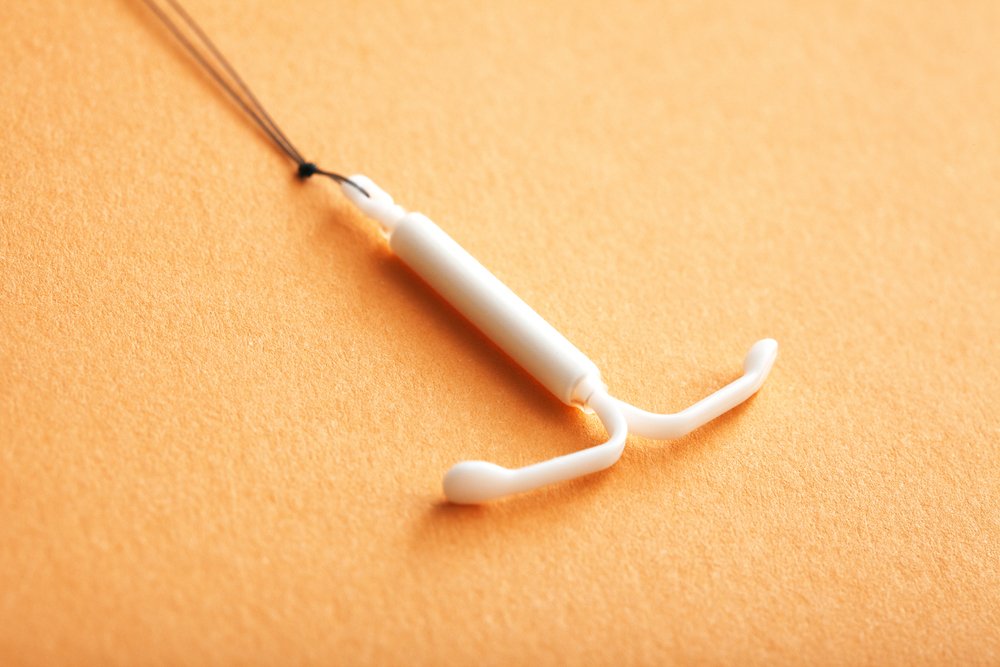IUD is also popular in Pakistan. And the best thing is government provides it for free. Only Doctors charge their consultation fee around Rs. 1000/= but in villages (where income capacity is on a lower side), doctors charge less from Rs. 300 to 500.
The problem with pills is that you have to be dispciplined, as its the matter of daily routine.
Therefore, we go for the copper thing, it's bit problematic in the first month, but then its feels alright. Also, it works on 98% of the women.






